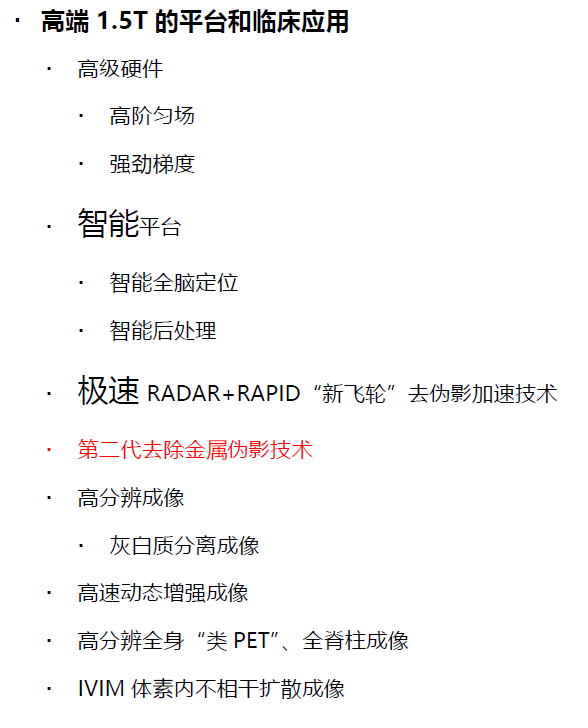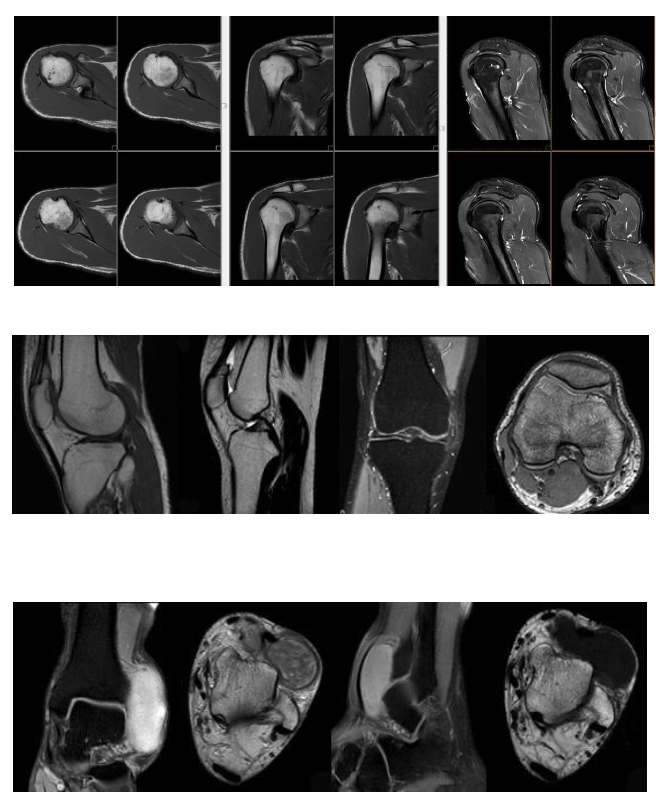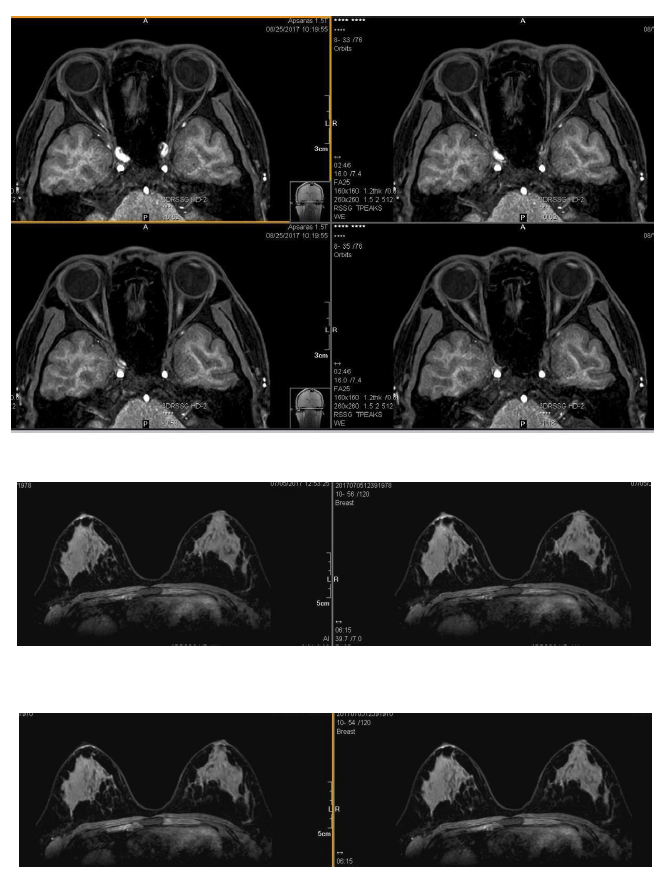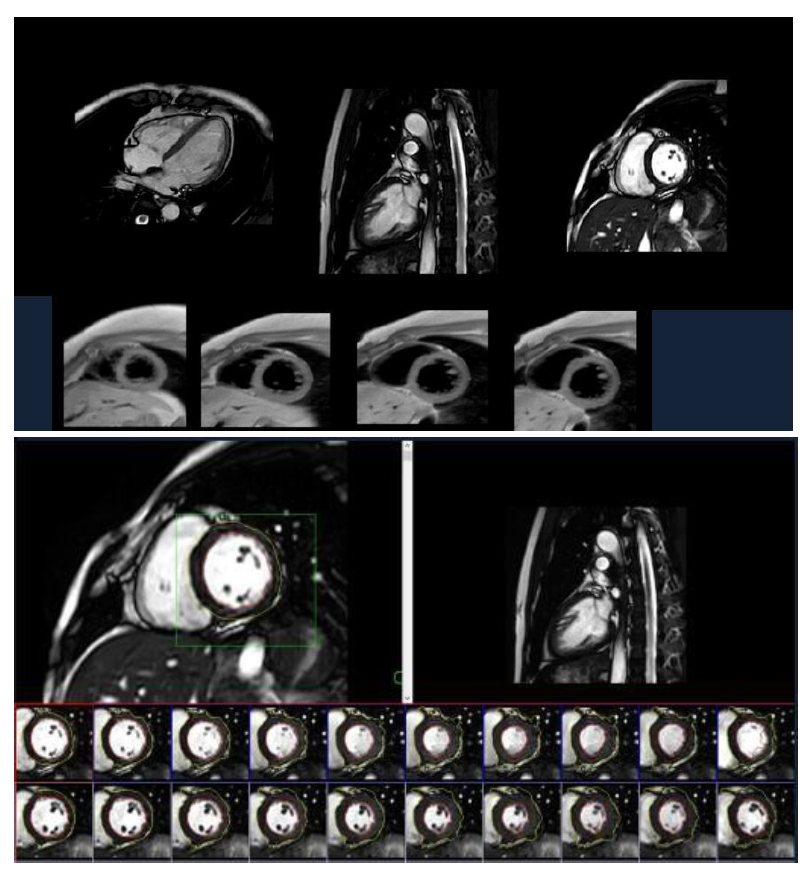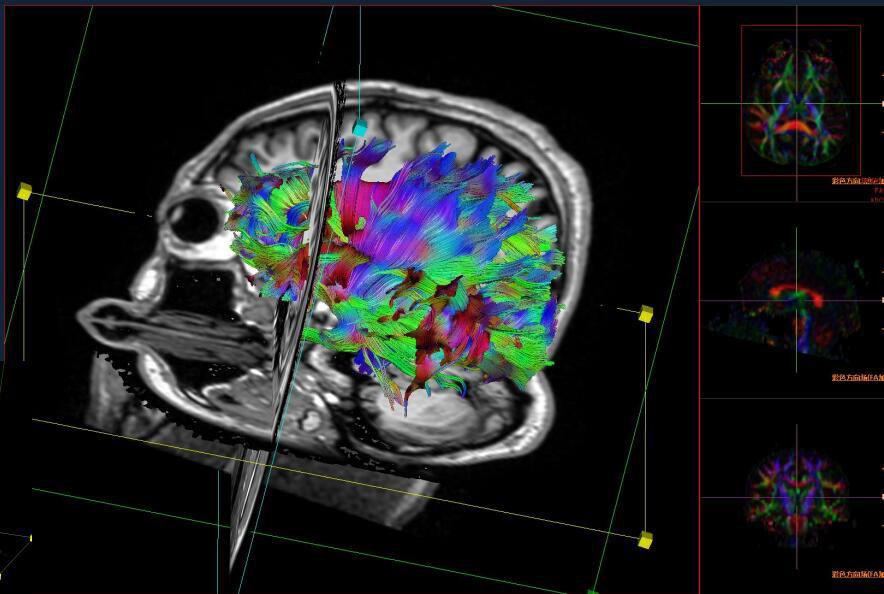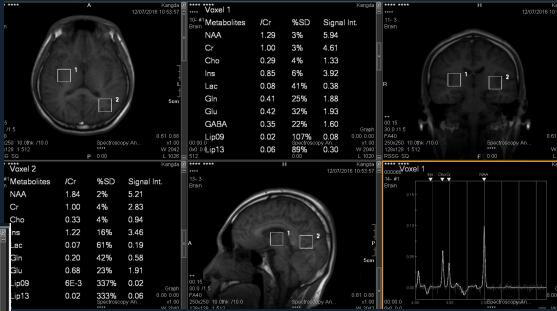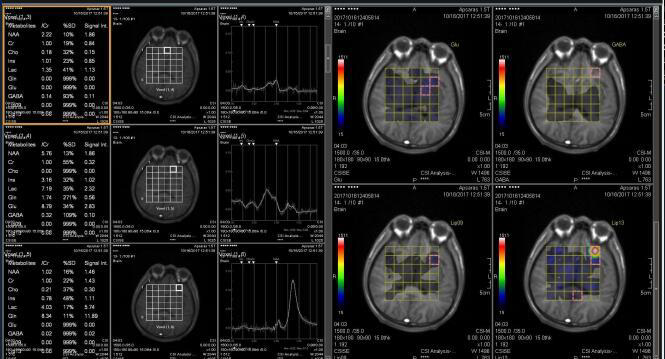
Speed MRI - Accurate Speed, Intelligent and Convenient
More precise magnetic resonance
Apsaras Spark 1.5T MRI Intelligent Speed Edition
The Apsaras Spark Extreme Edition comes equipped with 1 5 T Zero Boil off Magnet superconducting magnet has the industry's leading level of magnetic field uniformity, achieving uniformity 0.5ppm@50cmDSV . Due to the presence of diamagnetic substances in the human body, entering the main magnetic field can alter the magnetic field distribution. Therefore, it is necessary to introduce active shimming technology that can timely change the magnetic field distribution for each patient. Apsaras Spark comes standard with a unique magnetic field correction technology, HOSS (High Order Shim System), to achieve precise magnetic field uniformity in the target area when patients enter the magnet. The MRS technology that can achieve ultra-high precision and the H-sinc technology in a wide field of view are sufficient to demonstrate the ultra-high performance of the magnet.
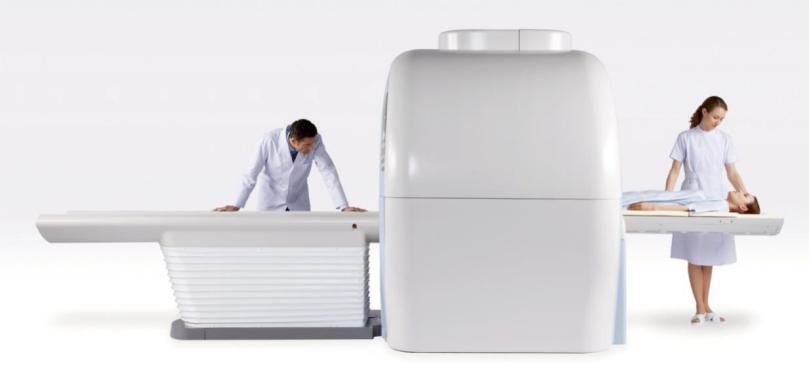
Apsaras Spark is equipped with a high-performance gradient system (33mT/m, 130T/m/s), which can improve the information quality and imaging efficiency of unconventional imaging, creating infinite possibilities for special clinical needs. The precise internal cooling and cooling system ensures continuous and high-performance work stability, and actively shields gradient coils to ensure precise spatial and temporal accuracy, making positioning more accurate.
Faster magnetic resonance
Unable to cooperate with scanning is a very difficult problem to solve in the daily work process of magnetic resonance imaging, resulting in image motion artifacts that cannot meet clinical diagnostic needs. Retesting requires multiple times the examination time, and for critically ill patients with confusion, time is equal to life. According to clinical needs, Apsaras Spark is equipped with RADAR technology (propeller type K-space filling technology), Effectively solving the motion artifacts caused by translation and rotation within and between layers, it can efficiently output images that meet clinical diagnosis within a limited time
RADAR technology:
propeller type K-space filling technology

The time of magnetic resonance imaging has always been a major obstacle to its application. Conventional acquisition methods are slow in imaging, and for technologies that require time resolution such as dynamic enhanced scanning, motor organ imaging, perfusion imaging, functional imaging, and economic benefits, conventional acquisition methods cannot meet these needs. Apsaras Spark is equipped with RAPID extreme speed imaging (parallel acquisition) technology to meet these needs, While maintaining resolution, it can improve scanning speed by several times, and at the same time, it is more user-friendly to adjust the acceleration factor after the decimal point, making the image quality and scanning speed perfectly match.
RAPID acceleration technology:
Improved scanning speed while ensuring image quality
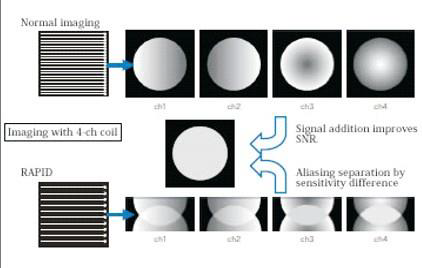
Second generation fast scanning technology
RAPID - compression sensing, parallel acceleration, and iterative algorithms all in one
IP RAPID function Consisting of
IP Scan function (3D acceleration to improve imaging speed
IP Recon function (2D improves image signal-to-noise ratio

Ultrafast sequence:
Scan time for 5 sequences of the head:
1. Fast sequence 3:41
2. Regular sequence for 7-8 minutes
Scanning time of four spinal sequences:
1. Fast sequence 4:00
2. Regular sequence 7 points
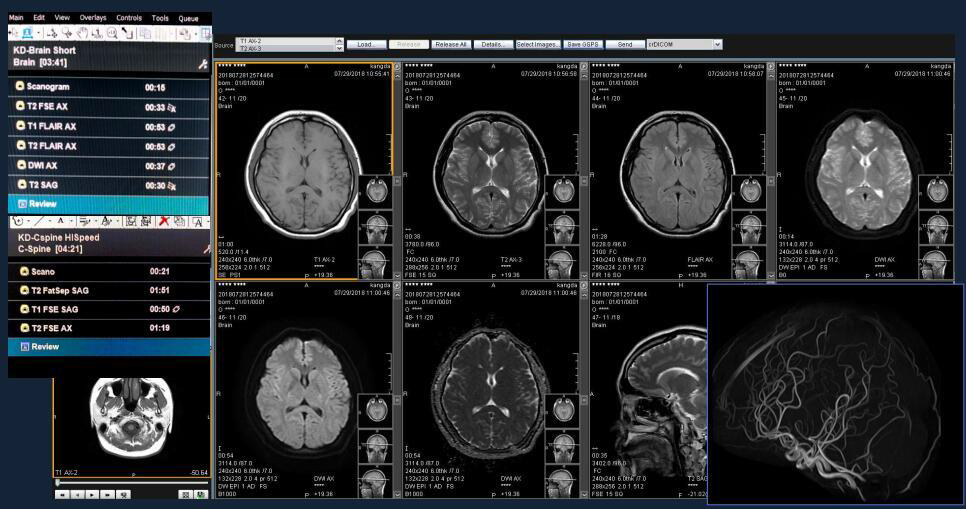
Second generation mute function
Adopting intelligent sound reduction technology, noise control technology and hardware blocking technology significantly reduce the noise impact caused by magnetic resonance, and patients can perform sequence scanning without wearing earplugs.
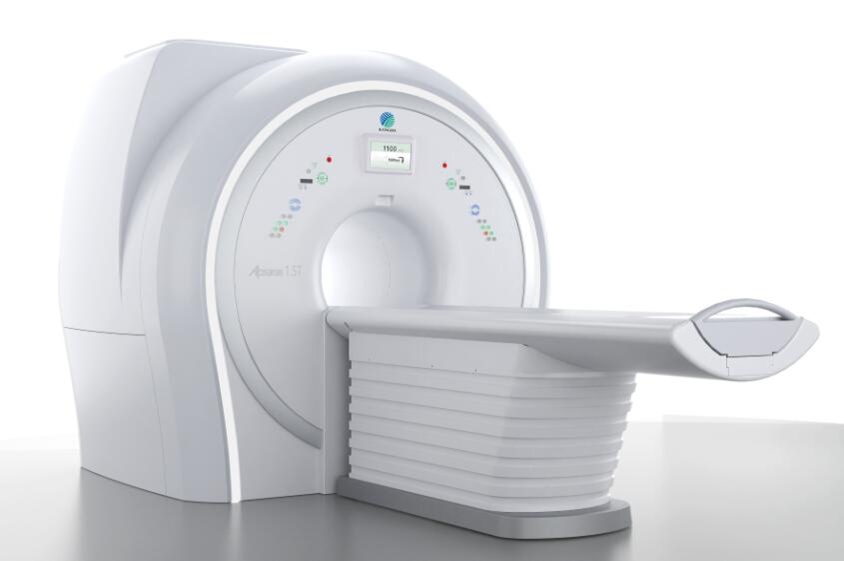
More intelligent magnetic resonance
Apsaras Spark utilizes artificial intelligence head automatic positioning technology (AutoPose) to automatically recognize and match anatomical positioning using AI's big data, intelligently identifying anatomical ranges and markers, and automatically completing angle positioning without manual intervention, greatly improving work efficiency and ensuring the accuracy and consistency of different patient sequences of images at different times, which is conducive to standardized MRI scanning.
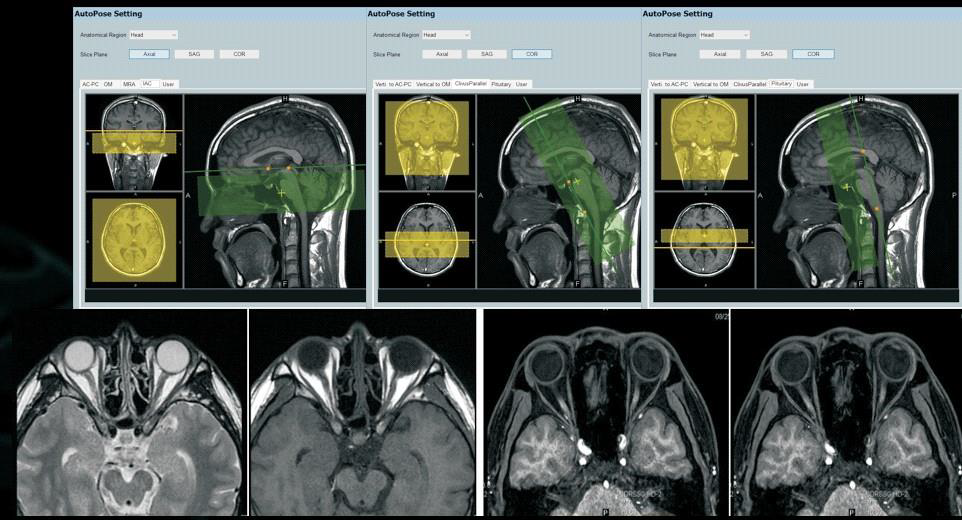
Artificial intelligence post-processing technology: Without manual intervention, the computer automatically performs 3D reconstruction such as MIP, MPR, VR, and automatic cropping. After confirmation by the doctor, the image is automatically generated and transmitted.

Apsaras Spark
Introduction to Advanced Technology Sharing Platform
Basic Pulse Sequence & Technique
Standard magnetic resonance imaging includes the following imaging functions and techniques, which can meet and achieve basic clinical examination functions.

The same operating software on high-tech platforms, supporting Chinese/English operating interfaces, simple and practical.

Dual server parallel operation high-speed imaging high-definition algorithm technology

HOSS High order shimming technology
Shim Secondary shimming technique
Volume、 Regional shimming
S-map 3D artifact calibration technology

High definition magnetic sensitivity imaging and vascular imaging:
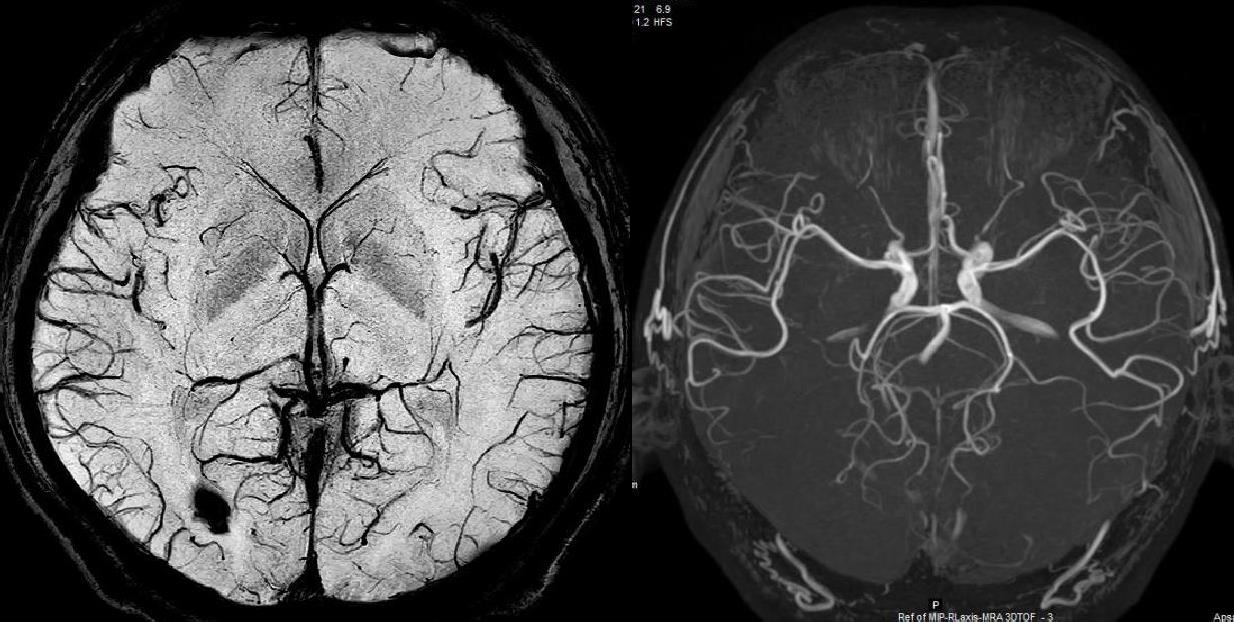
Advanced MRA Package
Used for angiography imaging (MRA). CTA and DSA can bring ionizing radiation to patients. To avoid ionizing radiation, the use of MR for angiography imaging in clinical practice is increasing. In order to meet clinical needs, Kangda Intercontinental has independently developed various advanced vascular imaging functions, forming an advanced MRA software package. The advanced MRA software package of Apsaras SE includes the following functions, which can obtain images of high flow velocity blood vessels, low flow velocity blood vessels, small blood vessels, and also has multiple functions for displaying blood vessels throughout the body in a large and clear manner.
TRAQ
(Time Resolved CE-MRA Acquisition)
Used for continuous high-speed scanning of MRA to obtain images of contrast agent flow. This function first pre scans the mask, and then performs continuous high-speed scanning while performing mask and real-time image subtraction during contrast agent injection to obtain images similar to DSA.
TPEAKS
(PEAK Artery Enhancing K-space Filling Sequence)
Used to obtain high-quality CE-MRA images. The TPEAKS function is to divide the raw data of CE-MRA into three collection periods, fill the data with the highest arterial signal intensity in the center of K-space, thereby reducing the scanning time dependence of vascular display and obtaining good MRA images.
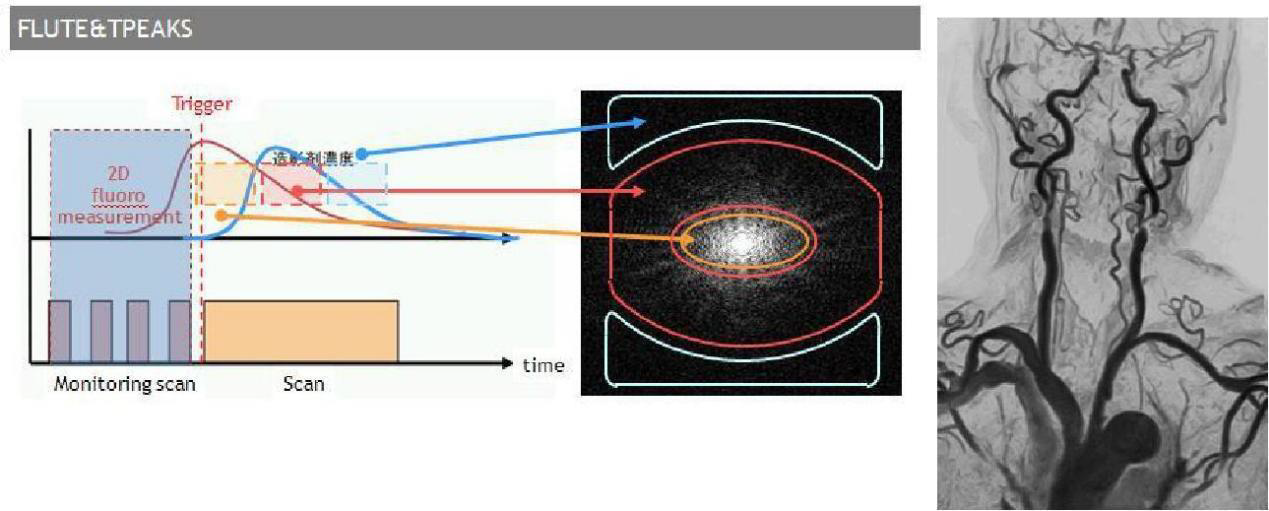
VASC-ASL (Arterial spin labeling method MRA)
VASC-ASL refers to a new non contrast MRA technology that combines ASL (Artistic Spin Labeling) with non contrast MRA. This technology uses a 180 ° inverted IR pulse signal on SpinLabeling. According to the position of the pulse excitation block (slab), selecting the area for spatial labeling, combined with the setting of TI (null point), can suppress background signals and specific blood signals with T1 values. Due to the ability to control such a choice, it has become possible to separate the arteries and veins of the entire body from the trunk to the fingertips of hands and feet, as well as to achieve functional non contrast MRA images, which have been difficult in previous imaging examinations.
Advanced 3D High Speed Volume Imaging
(TIGRE T1weighted Gradient Echo Nature for the Sequence)
Used to obtain dynamic enhanced scanning images. For clinical diagnosis of breast and liver parts, it is hoped to obtain multi temporal, high-resolution 3D liposuction images. The TIGRE function can correspond to thin layer and large field scanning, while using high-speed gradient echo sequence and advanced grease pressing technology H-sinc independently developed by Kangda Intercontinental to obtain high-quality 3D volumetric images of large field and uniform grease pressing as shown in the following figure. The use of TIGRE is beneficial for detecting small lesions and making qualitative judgments of the lesions.

The only domestically produced scanning technology capable of simultaneously performing 11 sets of b-values

Cerebrovascular imaging

Option based vascular analysis

CTL
Spine
Whole spine imaging
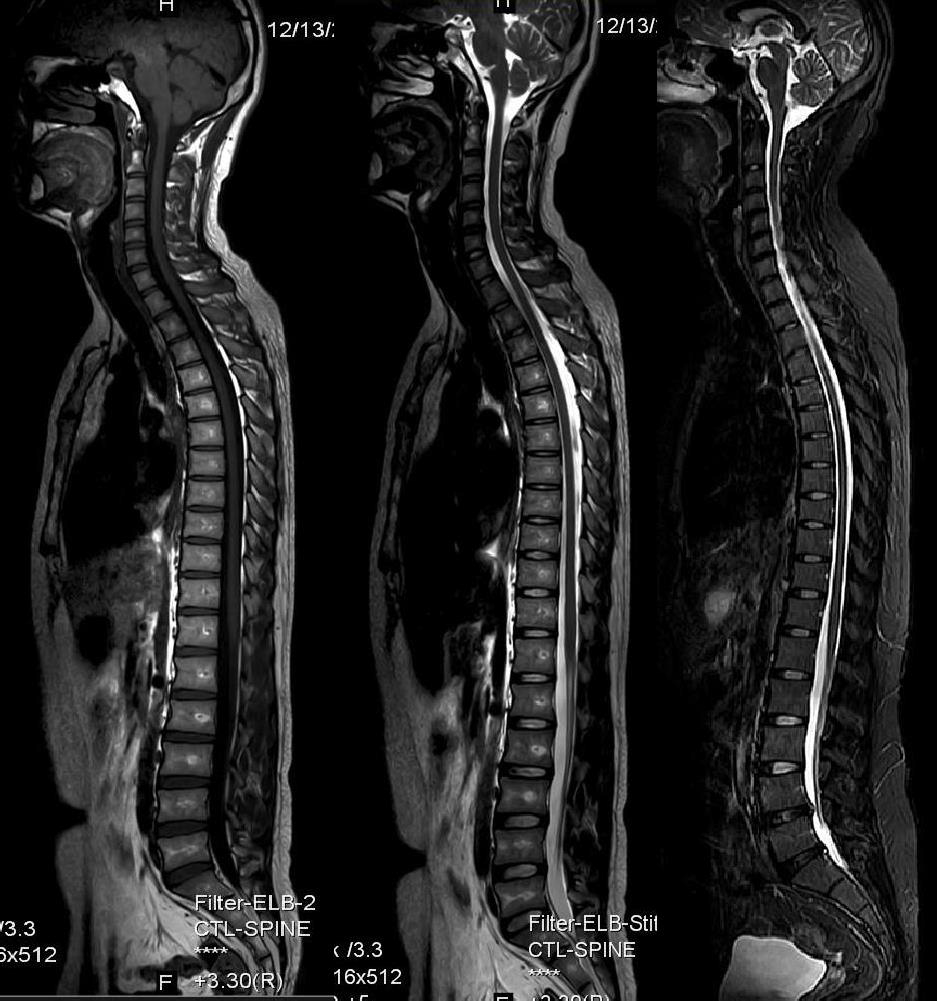
VASC-FSE
None-contrast Enhanced MRA of Low Extremity
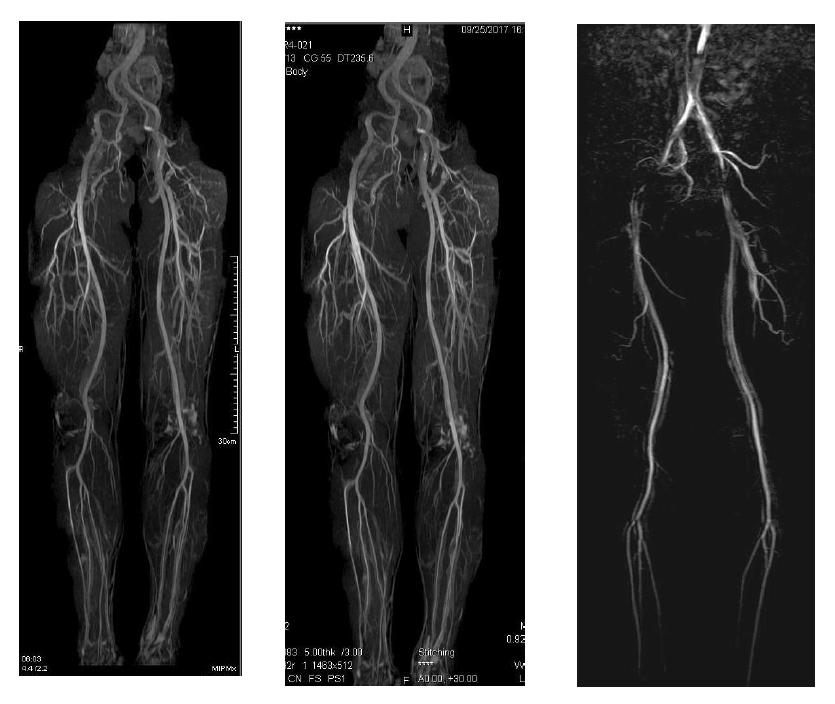
Whole Body
(Class PET)
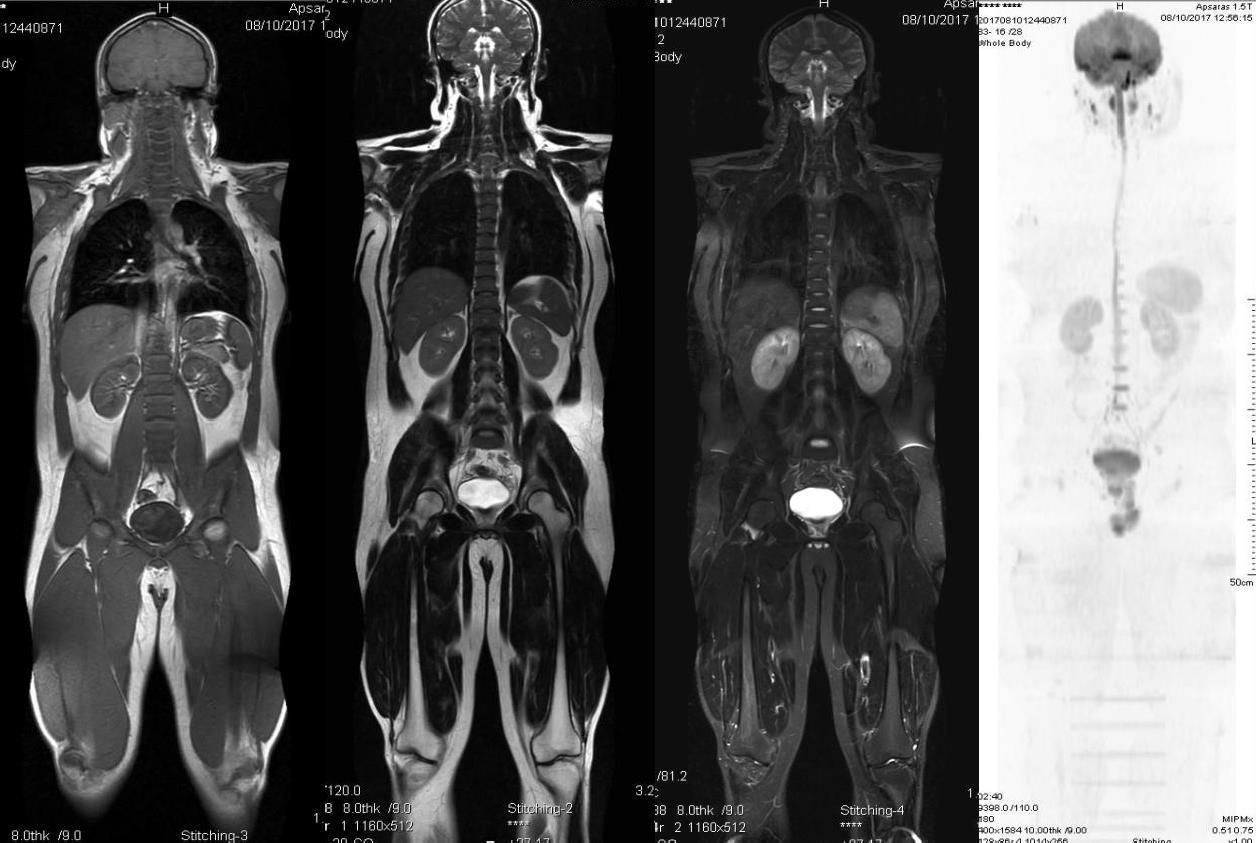
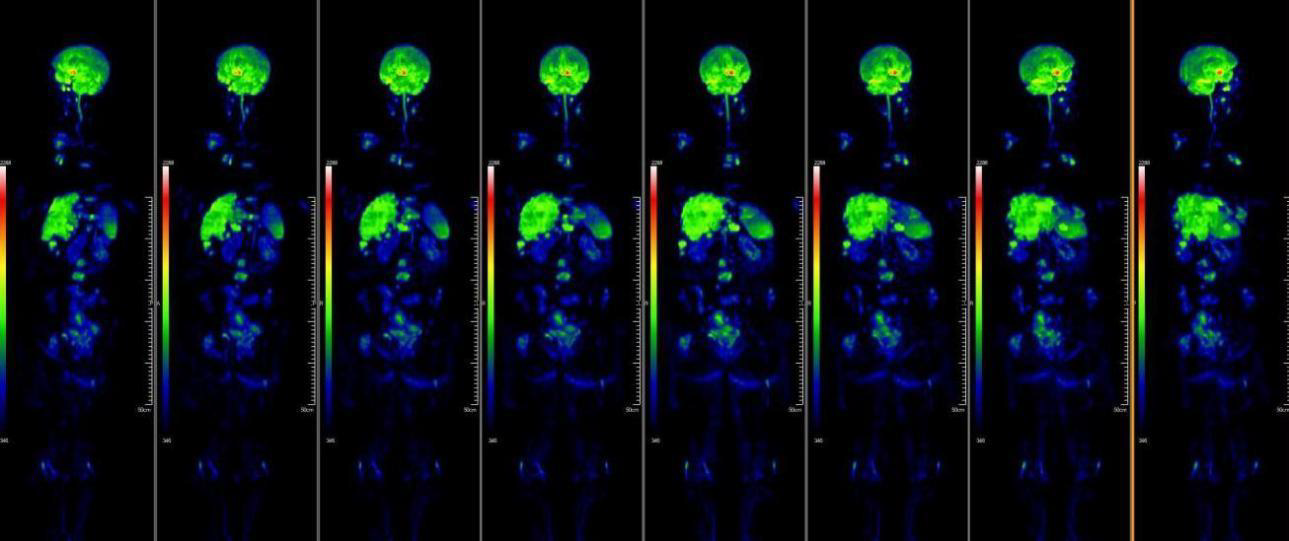
Apsaras Spark
Clinical image display
Apsaras Spark Intelligent Speed Edition
